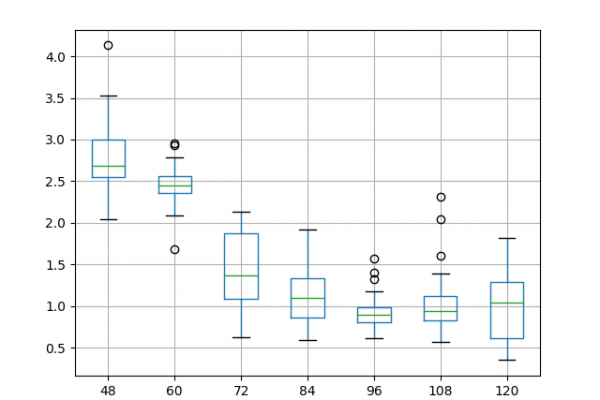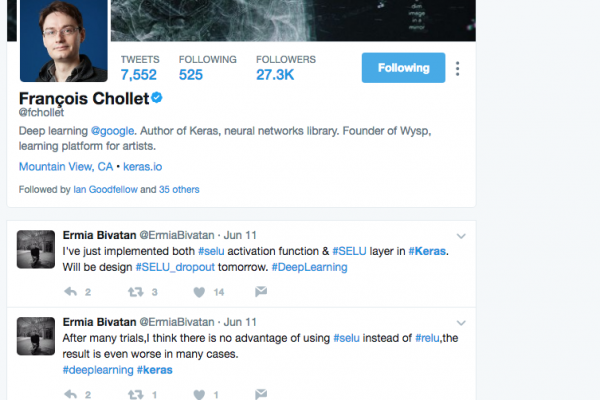A Gentle Introduction to Mini-Batch Gradient Descent and How to Configure Batch Size
Last Updated on August 19, 2019 Stochastic gradient descent is the dominant method used to train deep learning models. There are three main variants of gradient descent and it can be confusing which one to use. In this post, you will discover the one type of gradient descent you should use in general and how to configure it. After completing this post, you will know: What gradient descent is and how it works from a high level. What batch, stochastic, […]
Read more








